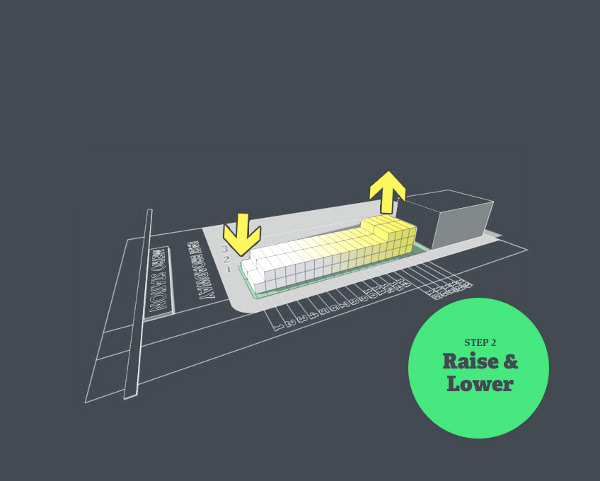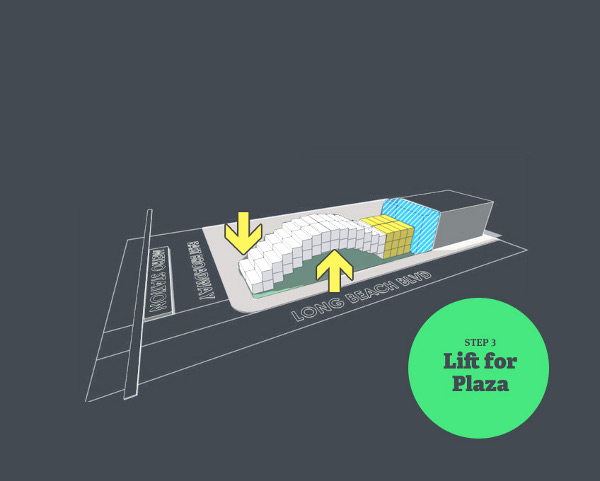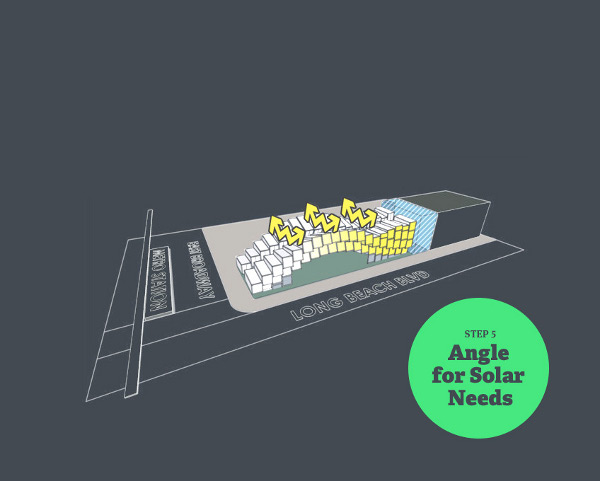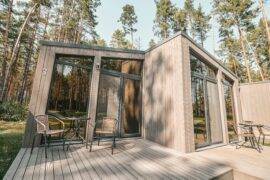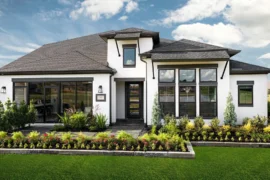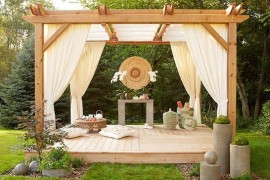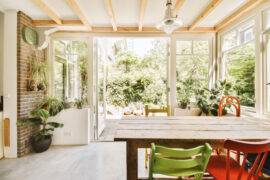Back in 1956, when entrepreneur Malcolm Mclean invented the Intermodal Shipping Container design, he wouldn’t have imagined that it would become a prominent form of architecture. Today, these containers are being used for various methods of habitation: a home, office, even an environment education center. The Los Angelesdesign group APHIDoIDEA plans for an Environmental Center of Regenerative Research & Education (eCORRE) Complex, a building made from 65 shipping containers, including a botanical garden “green roof” and the application of reusable energy sources. The eCORRE complex is one finalist in the Fifth annual Emerging Talent Design Competition, hosted by the US Green Building Council’s Emerging Professionals and the Long Beach ReDevelopment Agency. The largest container city in the world is a 1,000-room dormitory for college students. Each unit has a bathroom, kitchen, bedroom, study area, and balcony. The container city system has 18 projects completed thus far, with two more in the works. The Boucher Grygier Shipping Container House inEast Bay,Californiauses three 40-foot insulated containers forming a 1,350 square-foot, three-bedroom house.
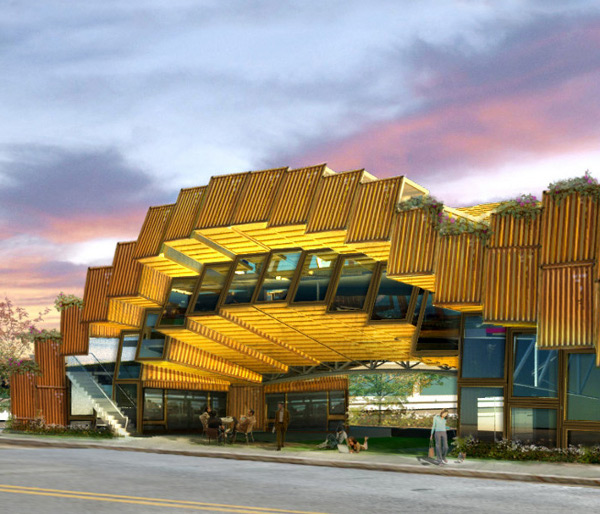
The container insulation helps moderate temperature, though all container buildings can be fitted for insulation. The building design limits solar heat gain in summer and facilitates it in winter Container buildings have a lighter impact on the environment than traditional homes. Reusing the steel makes use of otherwise discarded material. It also decreases the need for new building materials, which can tax natural resources and produce waste during construction. Shipping containers make good substitutes for traditional building materials because they are durable, strong, and can resist the elements. Once converted to buildings, containers are mold, termite and fire resistant, waterproof, and structurally more durable than wood. In ongoing projects across the world, insulation, flooring, windows, and all the conveniences of traditional architecture are already being utilized, making it clear that recycled material buildings are not only a good choice for the homeowner but also for the environment. Wouldn’t you like to live in one?
Here’s a step by step account on building a container structure.

